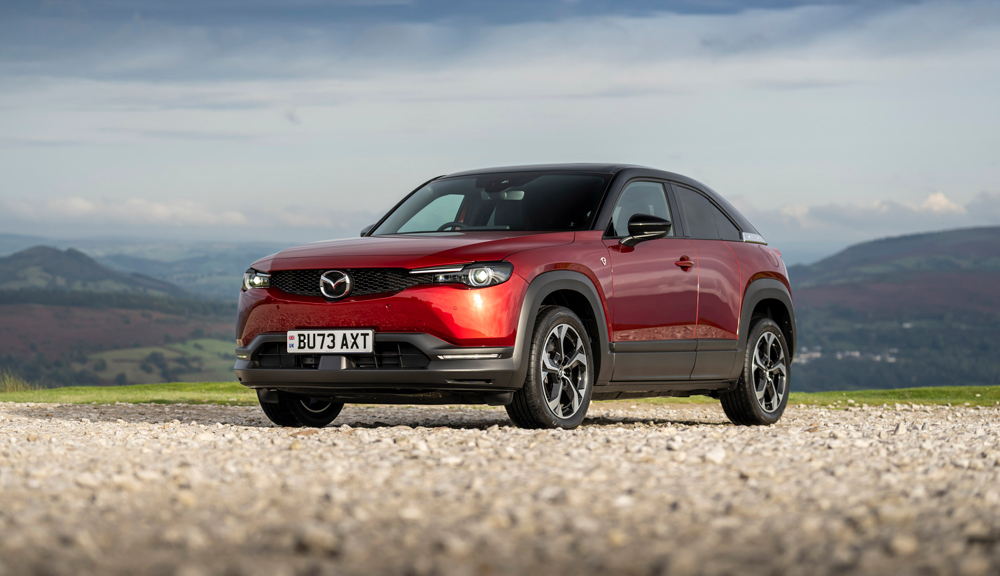Mazda
MX-30
The five-door MX-30 was Mazda’s first ever production EV. With competitive pricing and a wealth of high-end technology, it has now been joined by an extended range model with a rotary engine that can cover up to 400 miles.
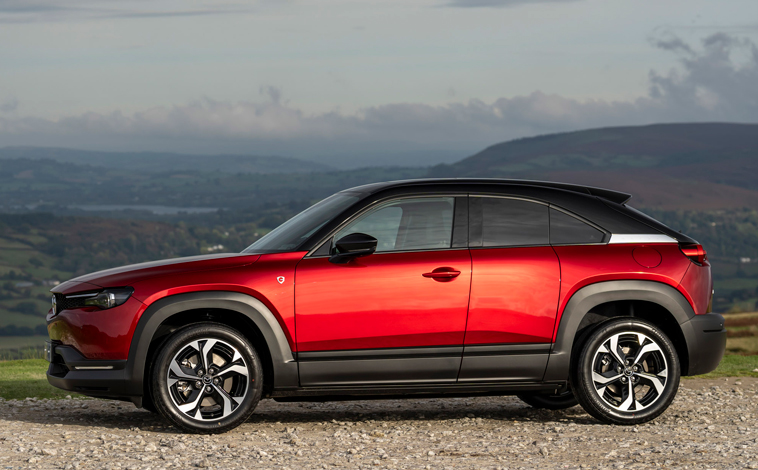
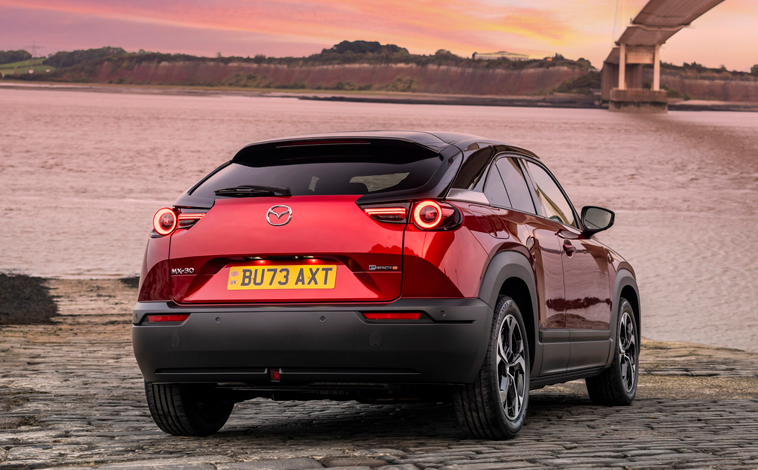
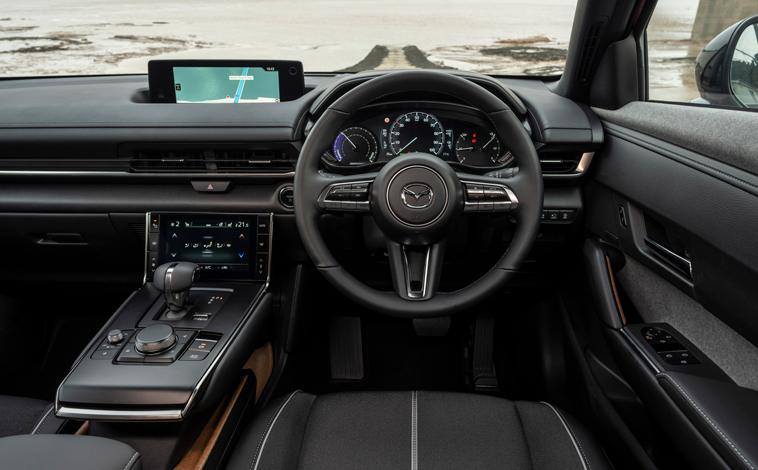
The good
Price, running costs, design and performanceThe bad
Impractical rear doorsTech Specs
Test Drive
Mazda MX-30 R-EV – First Drive (2023)
The arrival of Mazda’s very first production electric car back in 2020 was met with great excitement as everything the Japanese carmaker does generally has some sort of ingenious twist.
And so the MX-30 was introduced to the waiting world and it was very easy on the eye with five-door crossover styling that erred on the side of sporty coupe.
The ‘freestyle’ rear doors (dubbed suicide doors by those in the know) certainly divided opinion with their rear-hinged opening. But the main drawback was the limited 124-mile range. While this would easily cover the average daily commute, it failed to alleviate the range anxiety fears for anyone contemplating the switch to electrified motoring.
Skip forward to 2023 and Mazda has addressed those concerns with the MX-30 R-EV extended range model that is now being sold alongside the fully fledged EV version.
But unlike some companies that may have sent their engineers off to explore ways of increasing the battery size, Mazda searched its historical roots and revisited rotary engine technology. And why wouldn’t you when you became the first Japanese manufacturer to win Le Mans in a rotary-driven Mazda back in 1991?
As a result, the new MX-30 R-EV gets an 830cc rotary combustion engine that acts as a generator and delivers power to the 17.8kWh battery. This in turn drives an electric motor that powers the front wheels for front-wheel drive.
With 170PS and 260Nm of torque, the car can complete the 0-62mph dash in 9.1 seconds, although it does seem much faster, and maxes out at 87mph. But the significant figures are the 53 electric-only miles which can be topped up significantly thanks to a 50-litre petrol tank and that rotary technology. In fact, the latest figures show the car can now deliver in the region of 400 miles on a charge and full tank.
With prices starting from £31,250, customers can choose from three trim levels called Prime-Line, Exclusive-Line and Makoto. There was a limited-run Edition R model but those have all sold out now.
We opted for the high-end MX-30 R-EV Makoto costing £36,000, although paint and upholstery upgrades added a further £2k to the final price-tag.
The Mazda looks beautifully styled when viewed from any approach with sleek, dynamic lines, adaptive LED headlights, signature front LED daytime running lights, a black grille housing the Mazda badge, a gloss black contrast roof and spoiler, black B and C pillars, tinted windows, a power tilt and slide sunroof, plus beautiful 18-inch black diamond cut alloy wheels.
It resembles a two-door car as the rear doors rather oddly don’t have any external handles. To open them, you must open the front door first and then pull a lever in the door frame. Even more strange is the fact these back doors are rear-hinged. Not the most practical to be honest, but some people like that nonconformity.
The interior is nicely crafted using high-end upholstery along with premium-styled fixtures and fittings. An 8.8-inch infotainment screen offers access to the many on-board features via a rotary dial that works really well.
On-board tech includes a 12-speaker Bose surround sound system, navigation including five years of European updates, Apple CarPlay and Android Auto smartphone connectivity, a rearview camera and lots more besides.
Directly beneath the infotainment screen is a seven-inch touchscreen to operate all the climate control settings, which include heated front seats, which are also powered, and a heated steering wheel.
When it comes to driving dynamics, the MX-30 R-EV is sharp out the starting blocks and drives much faster than its official performance figures would suggest.
It’s well balanced with impressive grip and minimal body roll when pushed on through twisting country lanes and can effortlessly cruise at 70mph on motorways. We were seeing well above the official 37.2mpg during our test drive, but the range did drop quite dramatically on longer motorway sections of the route.
The level of regenerative braking can be adjusted via steering wheel-mounted paddles and the driver can flick through three drive modes. In Normal mode, the car will use electric drive with the rotary engine inactive unless extra power is necessary, such as under heavier acceleration. In the EV setting, the vehicle stays in fully electric mode for as long as the charge lasts and finally, in Charge mode, any EV range can be boosted and saved for driving in areas such as restricted emission zones. The car has a carbon emissions figure of just 21g/km.
It’s also worth noting our range-topping Makoto model featured Vehicle to Load (V2L) capabilities meaning it can power external systems such as camp lights or a pump to inflate airbeds.
Back seat passengers are not treated particularly well with limited legroom and tiny fixed rear windows that can be a little claustrophobic, although children would find the space just fine.
The boot can hold 332 litres of luggage, a limit that increases to 1,137 litres with the split-folding rear seats dropped flat. In addition, there is a glovebox, central cubby, sunglasses compartment, cup holders, narrow door bins, a single seat back pocket and large storage trays between the two front seat occupants.
The car’s 17.8kWh battery can be boosted from 20 to 80 per cent in 25 minutes using a 50kW DC unit, while it takes one hour, 30 minutes if connected to a mode 3 AC port or four hours, 50 minutes via a 2.4kW domestic socket.
And, as is the Mazda way, the vehicle is packed with a generous and comprehensive list of safety features and driver assistance aids that helped it secure a maximum five-star Euro NCAP safety rating when tested.
All in all, the Mazda MX-30 R-EV may not appeal to everyone, but we do like its quirkiness and the fact the Japanese carmaker’s engineers and designers never follow the crowd.
Test Drive
Mazda MX-30 – First Drive (2020)
Mazda has entered the race for pure EV sales with the launch of its first production electric car – it’s called the MX-30 and it’s quite a head-turner
Like all Mazda models, the latest SUV is very easy on the eye with a coupe-like styling and tapering roofline. It features a powerful grille, sweeping light clusters, tinted windows, neat alloy wheels and ‘freestyle’ doors which I will get to a little later on.
Move inside and the MX-30 is modern and upmarket in its design and layout with a keen vision towards sustainability and the environment. Mazda has replaced real leather upholstery with a vegan alternative, the door trim fibres are made from recycled plastic bottles and the floating console is created from heritage cork which has been harvested from the bark of trees without any felling.
Also with an eye on the planet and its limited resources, Mazda has opted to fit a relatively compact 35.5kWh battery to the car. This delivers a maximum 145PS and 271Nm of torque allowing the MX-30 to sprint to 62mph from a standing start in 9.7 seconds and onto a maximum speed of 87mph.
With prices ranging from £25,545 to £29,845, the MX-30 is available in generously-equipped trim levels called First Edition (limited to 500 models), SE-L Lux, Sport Lux and GT Sport Tech. We tested a left hand drive, pre-production model close to the range-topping GT Sport Tech grade.
Developing a smaller battery to drive the MX-30 is a feather in Mazda’s cap as it creates less CO2. And it’s also beneficial to the ride and handling due to its light weight. However, on the downside, the range is quite low compared to rivals with just 124 miles between charges. This is similar to the Honda e driving range and, as most daily commutes are far shorter, range anxiety shouldn’t be an issue.
The interior of the MX-30 is clutter-free with a wealth of creature comforts to explore. The powered driver’s seat and fully adjustable steering wheel means finding the perfect driving position is simple and there are memory settings to store your favourite set-ups.
There is plenty of high-end kit too with an upgraded 12-speaker Bose sound system, heated seats and steering wheel, full smartphone connectivity via Apple CarPlay or Android Auto, a head-up display, Bluetooth and a DAB radio.
All air conditioning functions are accessed via a seven-inch touchscreen and there is an additional 8.8-inch infotainment screen positioned on top of the dashboard where features are accessed via a rotary dial in the floating centre console.
And credit to Mazda for keeping the screen behind the steering wheel nice and simple. It still shows all the vital stats such as driving range, battery percentage and speed, along with the level of regenerative braking which can be adjusted via steering wheel paddles. But unlike many EVs, it doesn’t leave you suffering an information overload after a few seconds.
When it comes to performance, the Mazda EV remains true to the company’s tradition for developing exciting cars that deliver great all-round handling. The acceleration from a standing start is instant with the false engine noise offering a hint at the power levels being used.
The MX-30 fizzes along country lanes, but the power levels do seem to drop a little at about 45mph when the car is slightly less eager to deliver the goods. But it’s worth reminding ourselves that this Mazda will be mainly driven on fairly short daily commutes and for school drops.
The car is technically a five-door – however, it has those freestyle doors. Basically, the front doors open forwards just like normal, but the rear doors open backwards to create a clean opening free from B pillars. Sounds great apart from the fact that the rear doors cannot be opened without the front ones being opened first. In addition, passenger space in the back is a tad limited as is the view through the tiny rear windows which cannot be opened. Children will love the quirkiness of these doors, but it may not be too long before the novelty wears off.
The fairly soft suspension set-up helps protect occupants when the car hits unexpected bumps and dips, and it also feels nicely planted and balanced into tight bends. The MX-30 has beautifully weighted steering which is fairly light so ideal for weaving through busy city centre traffic and great for parking too.
The boot can swallow 366 litres of luggage, a limit that increases to 1,171 litres with the 60:40 split-folding rear seats dropped flat. This capacity reduces to 341 litres and 1,146 litres respectively if the vehicle is fitted with the upgraded Bose sound system.
In addition, there are numerous storage compartments scattered throughout the car with lots of space beneath the floating console, front and rear cup holders, door bins, a glovebox and a sunglasses holder. There are buttons in the back of the driver’s seat to automatically tilt and slide the seat forward for ease of entry and exiting the vehicle which is handy for back seat passengers.
Another plus factor of fitting a small battery is the faster charging time of three hours from 20 to 80 per cent using AC power or 36 minutes using rapid chargers.
The MX-30 has just been awarded a maximum five star Euro NCAP safety rating and boasts the likes of blind spot monitoring with rear cross traffic alert, smart brake support, lane departure warning, hill hold assist, emergency lane keep assist, driver attention alert, a full suite of airbags and e-call with GPS. Our test model also featured a 360-degree camera view, front cross traffic alert, a rear smart brake alert system, plus cruising traffic support.
All in all, the Mazda MX-30 is another welcome addition to the growing fleet of pure electric vehicles on sale at the moment. And for anyone concerned about the limited driving distance between charges, there will be an extended range petrol-EV version introduced in 2022.
Latest Related NEWS
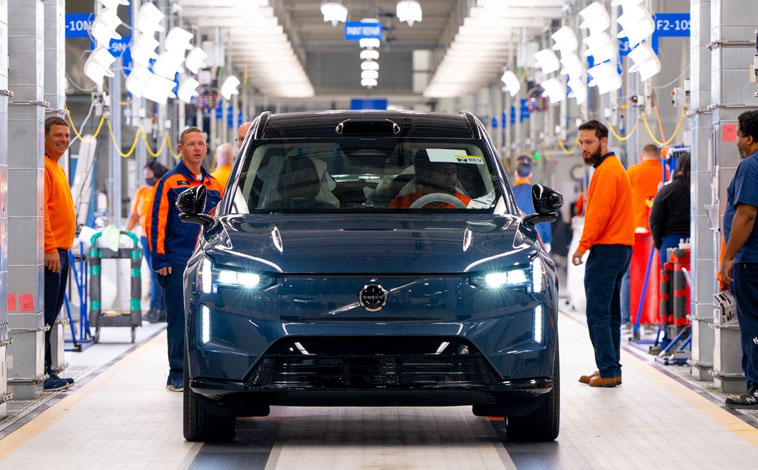
Volvo EX90 rolls off production line
Volvo is in a celebratory mood as its factory outside Charleston, South Carolina, [...]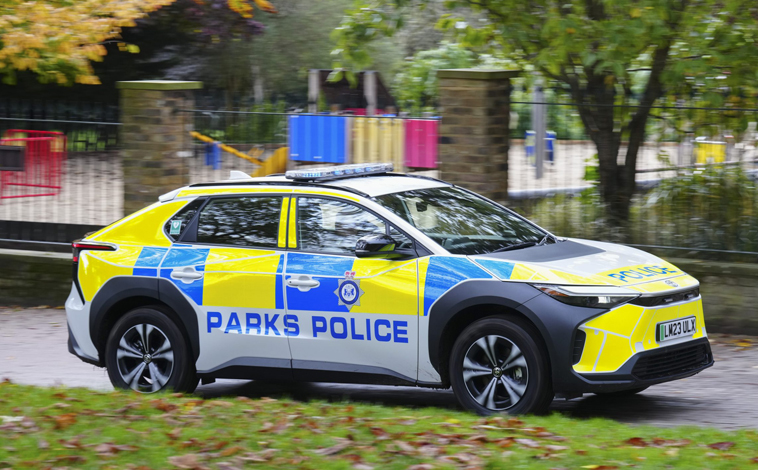
Toyota’s bZ4X is out on policing duties
The Toyota bZ4X has taken on its first “blue light” public service role, [...]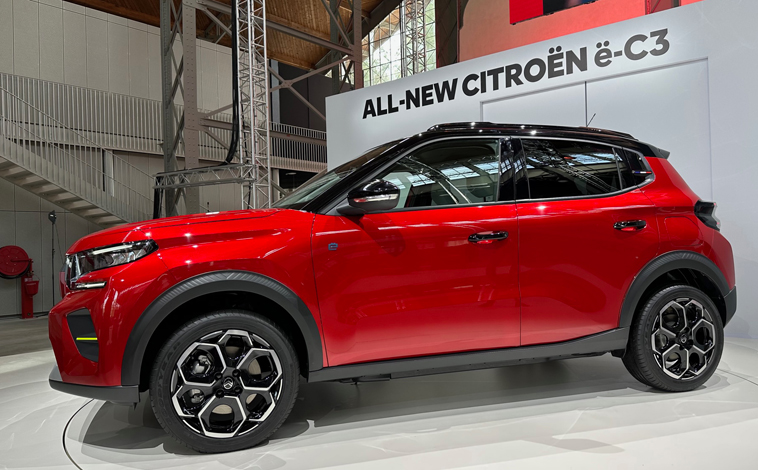
Citroen unveils its e-C3 game-changer
Citroen may not have reinvented the wheel, but it has certainly re-written the [...]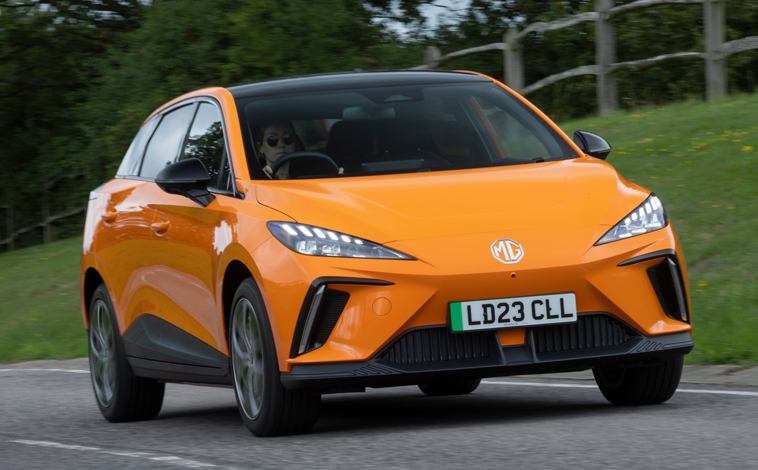
Latest MG4 EV can deliver 320-plus miles
MG has revealed the official pricing and specification of its new MG4 EV [...]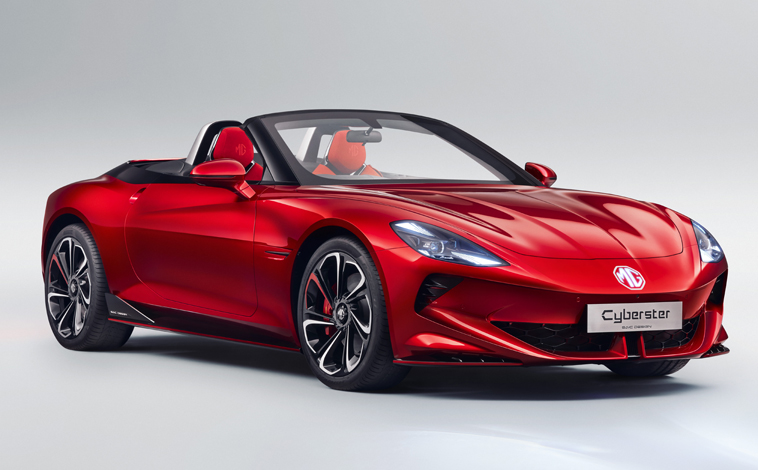
MG returns to its epic sports car roots
A pre-production design model of MG’s dramatic new sports car, the Cyberster, has [...]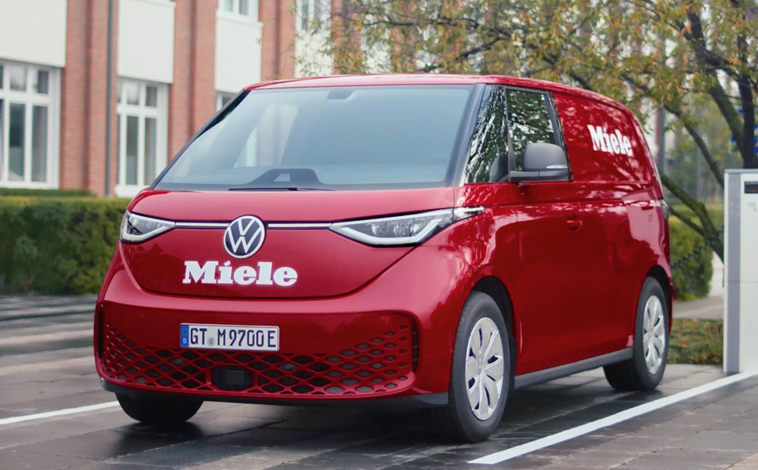
There’s a real Buzz about Miele vans
Premium household appliance manufacturer, Miele, has become the first customer to receive five [...]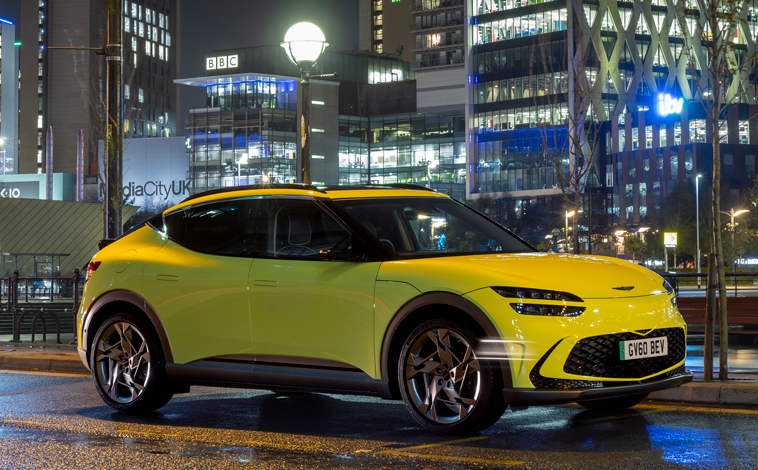
Genesis GV60 at the Salon Privé London
Luxury brand Genesis is the latest major car company to confirm its presence [...]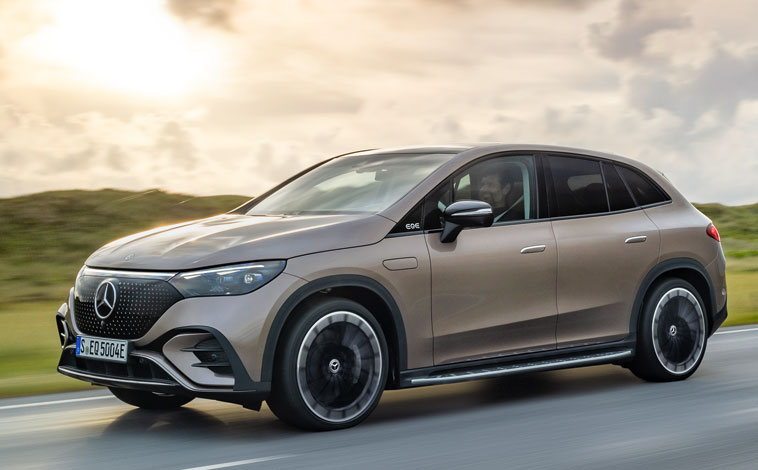
Mercedes electric EQE SUV on sale
The Mercedes-Benz EQE SUV is now on sale in the UK with prices [...]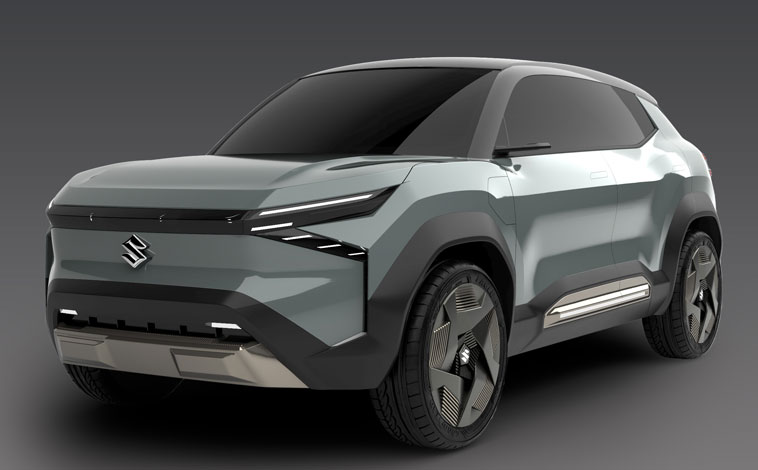
Suzuki’s EV concept car is unveiled
The world premiere of Suzuki’s EV concept model eVX has been made at [...]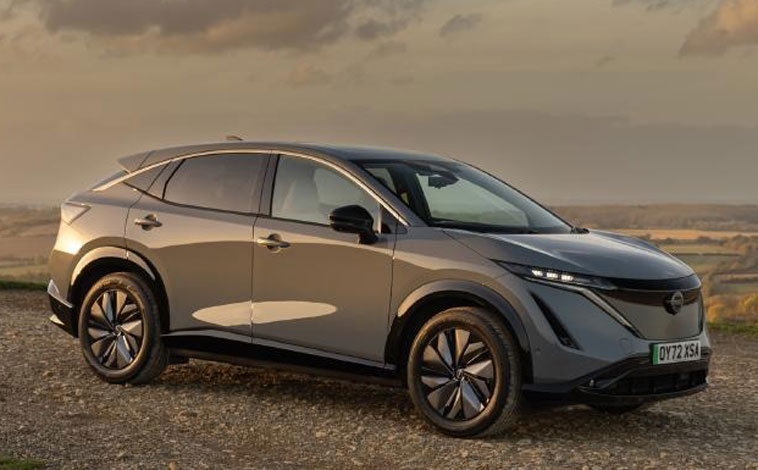
Nissan puts safety top of its priorities
Placing safety at the forefront of its ambitions, Nissan continues to push the [...]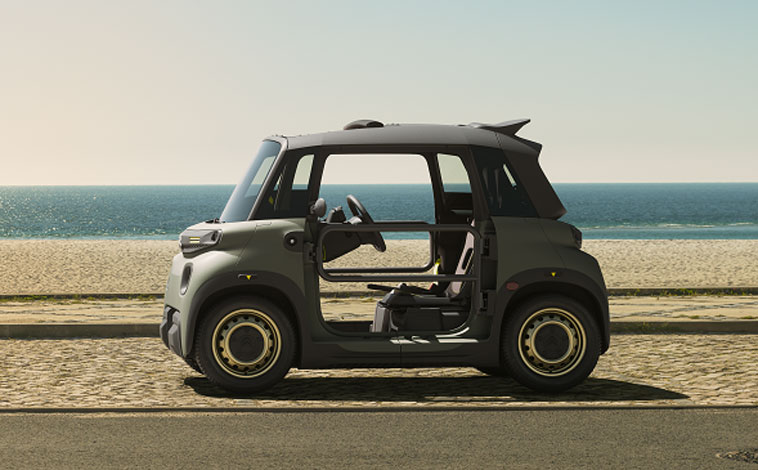
My Ami Buggy models are on their way
Citroën has announced that a limited run of just 1,000 My Ami Buggy [...]
Volvo launches new seven-seater EV
Volvo is launching a seven-seat SUV that is fully electrified and boasts all [...]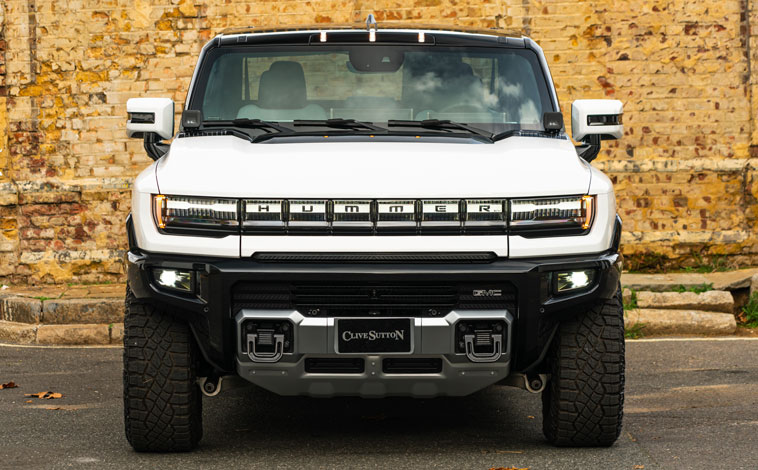
Introducing the mighty GMC Hummer EV
High-performance and luxury car specialist Clive Sutton has brought the first GMC Hummer [...]
Gridserve offers fastest EV charging
Gridserve has installed the UK’s fastest car charger for public usage at its [...]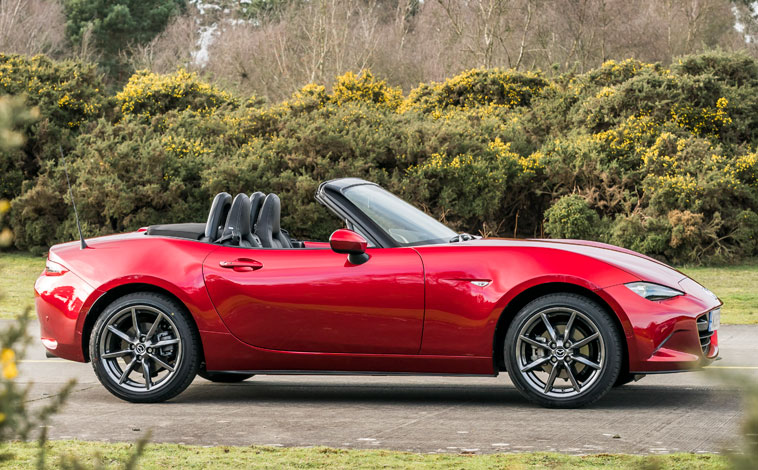
New trim titles for the Mazda MX-5
The new 2023 Mazda MX-5 continues the winning formula that has seen more [...]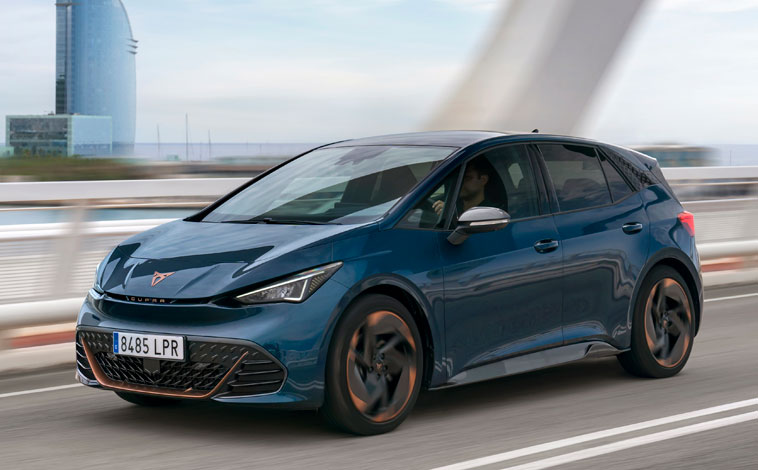
CUPRA Born gains top marks for safety
CUPRA Born, the brand’s first 100 per cent electric car, has secured a [...]Related Reviews
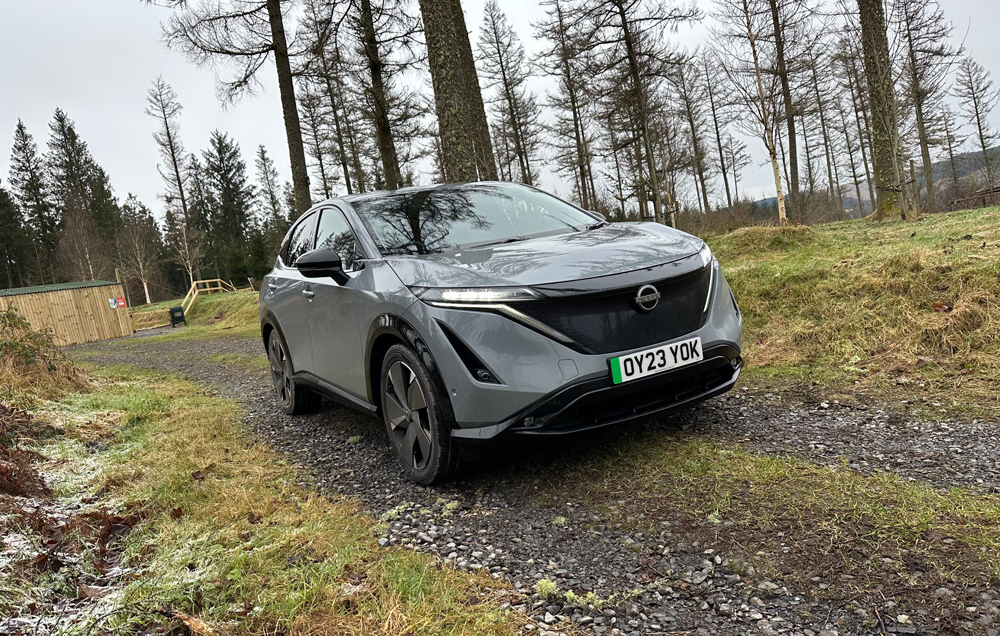
Nissan Ariya
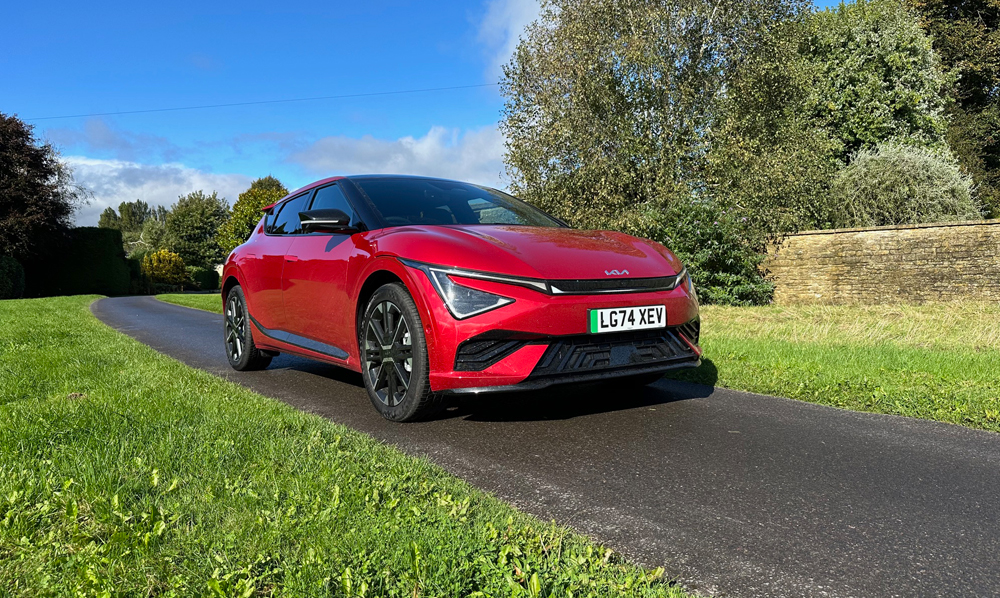
Highlighted Kia EV6
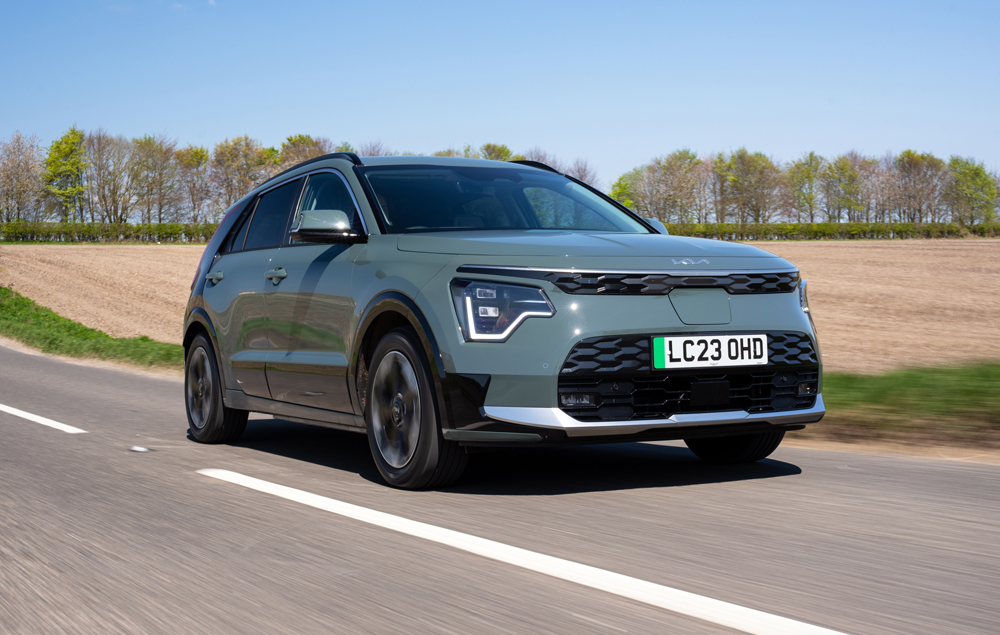
Kia Niro
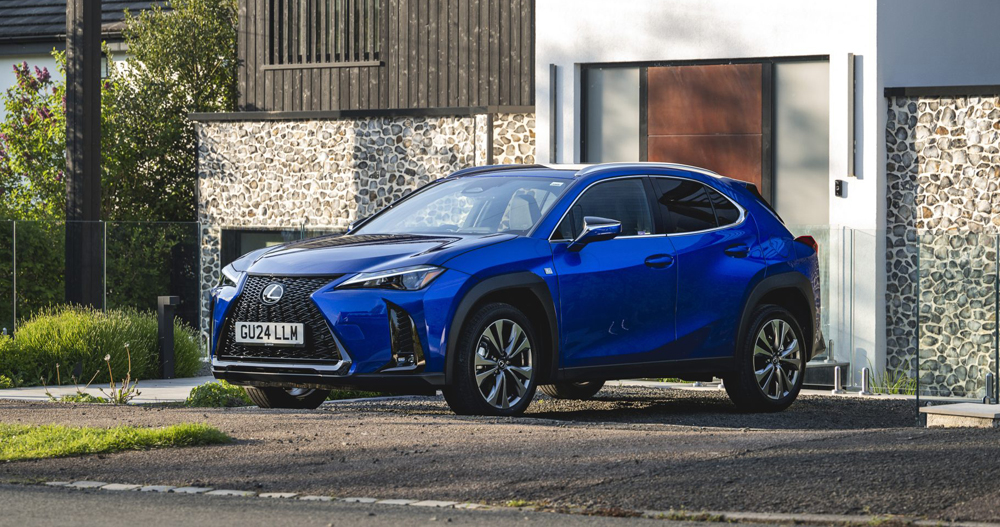
Highlighted Lexus UX
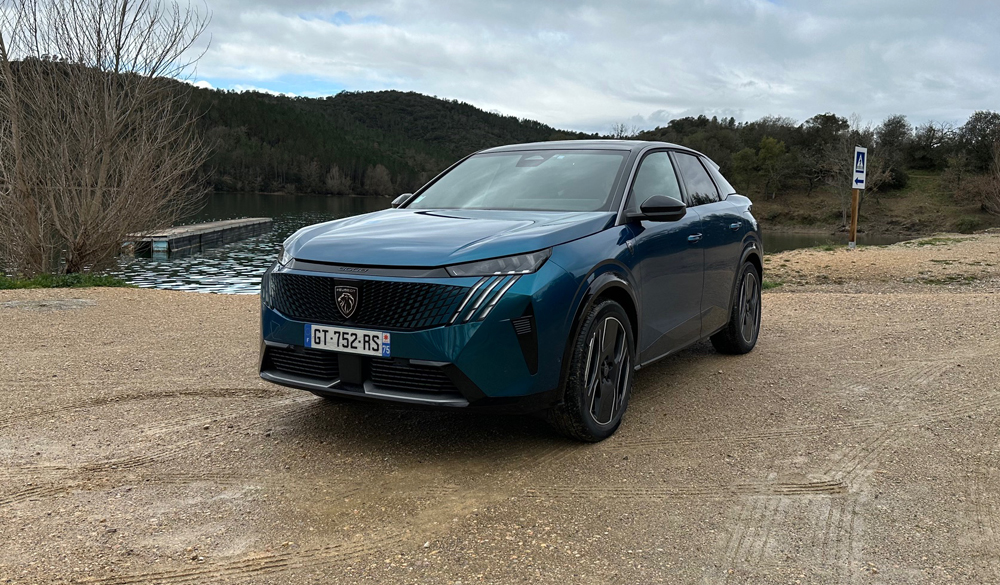
Highlighted Peugeot 3008/E-3008
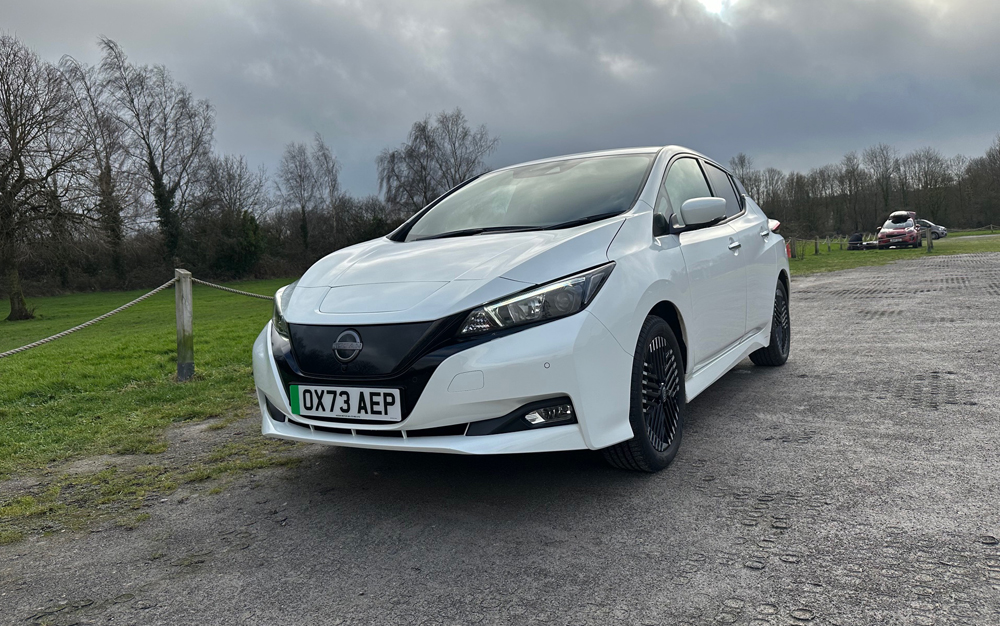
Nissan Leaf
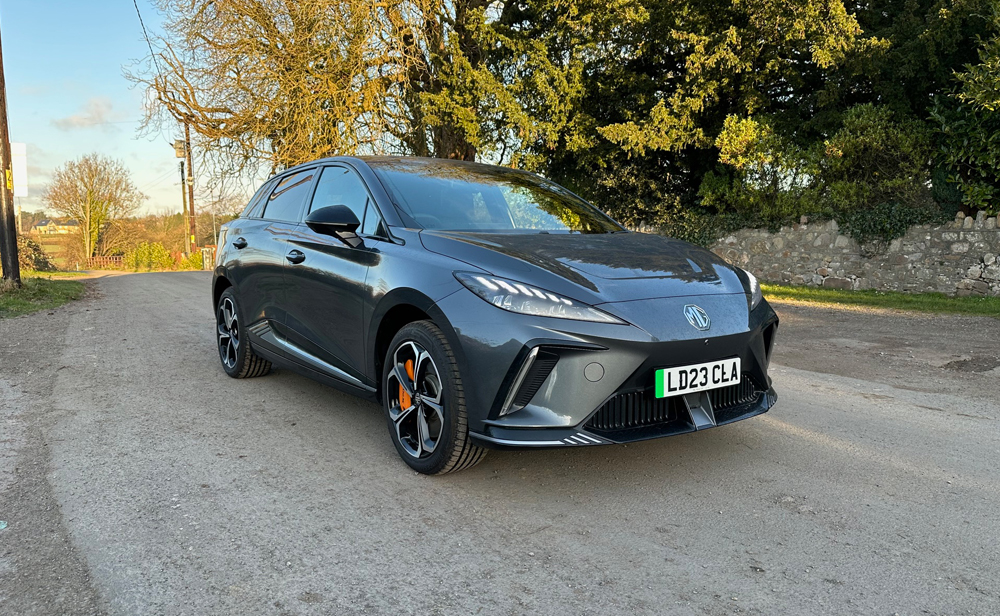
MG MG4
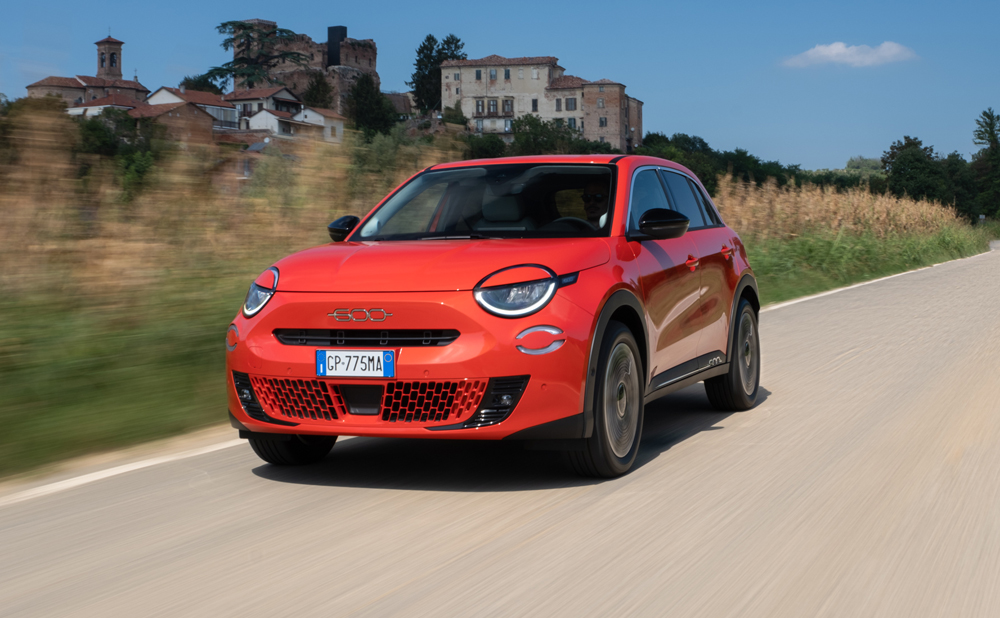
Fiat 600e
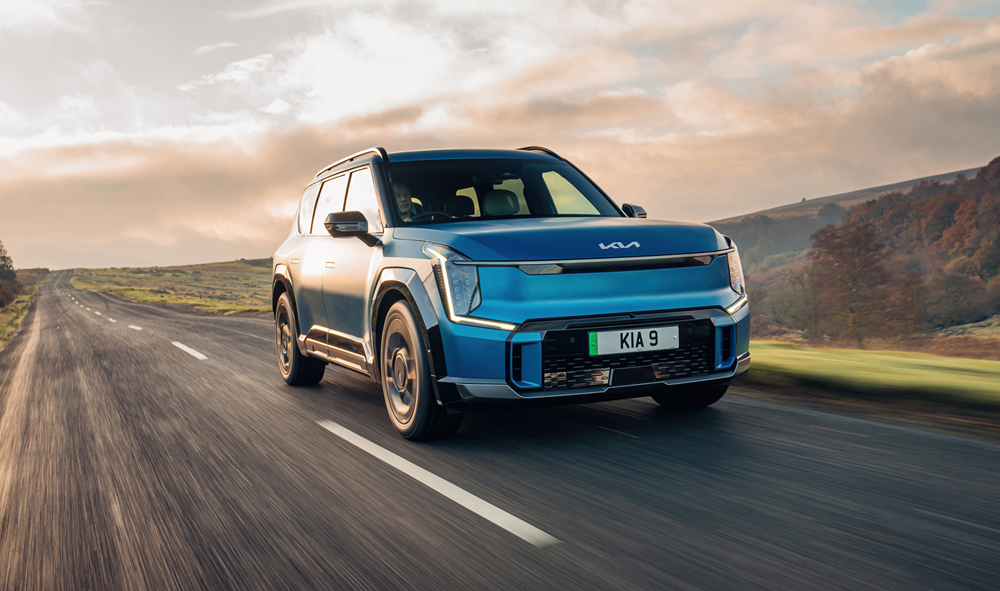
Kia EV9
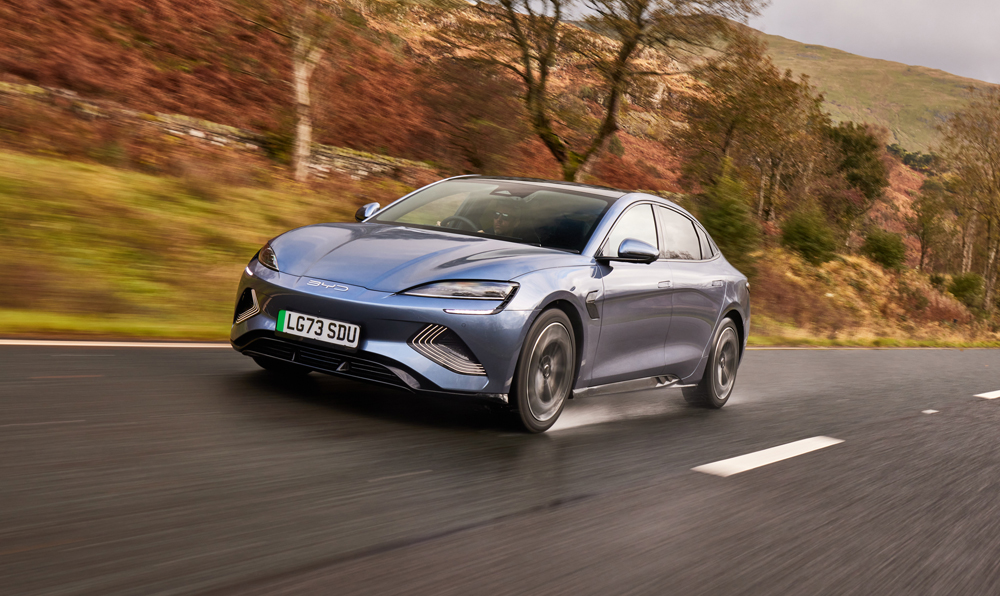
BYD Highlighted Seal
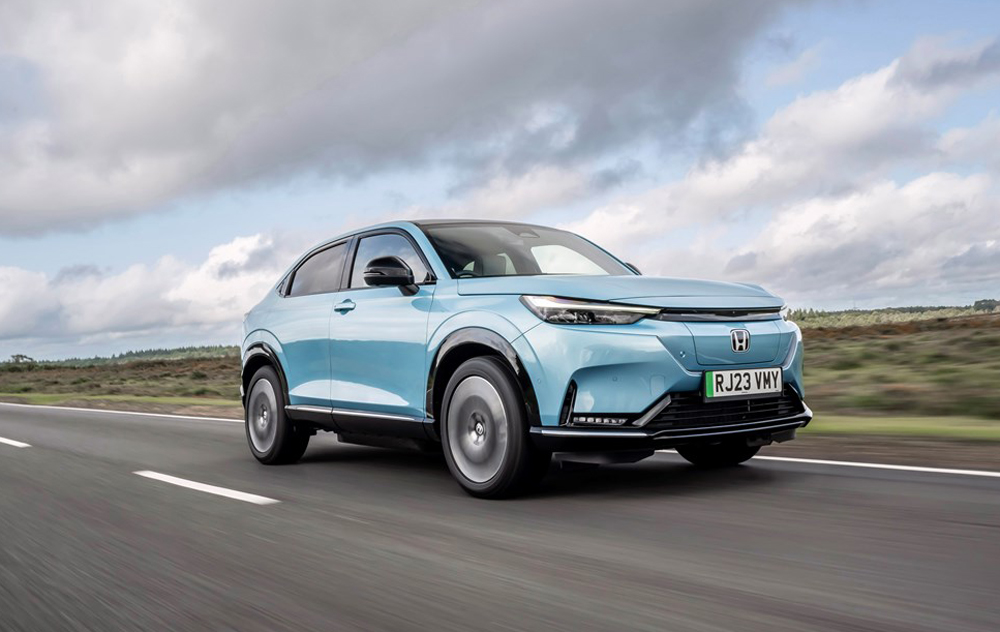
Highlighted Honda e:Ny1
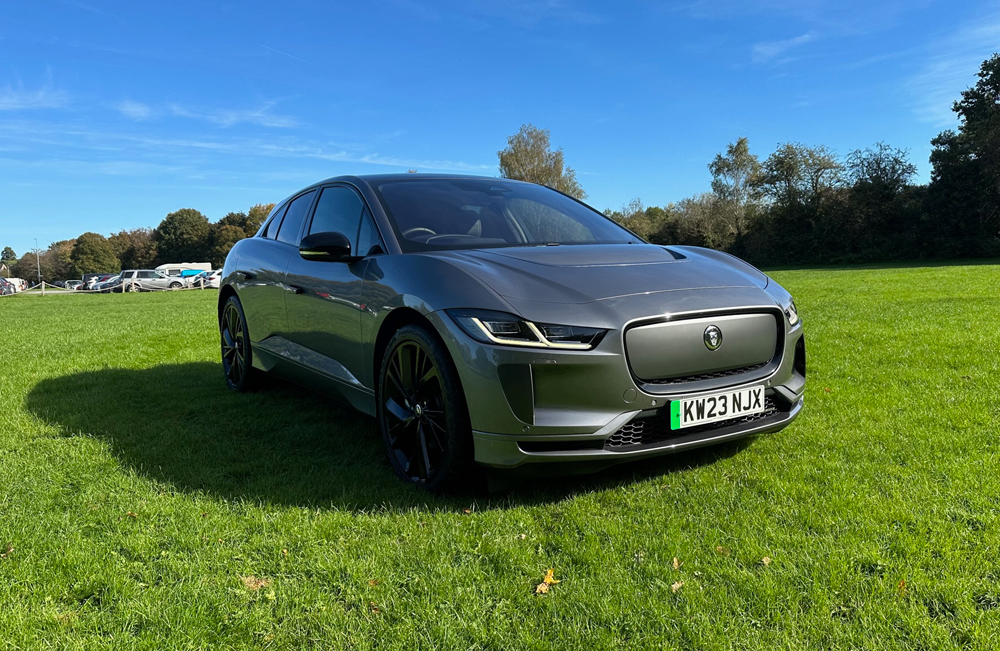
Jaguar I-PACE
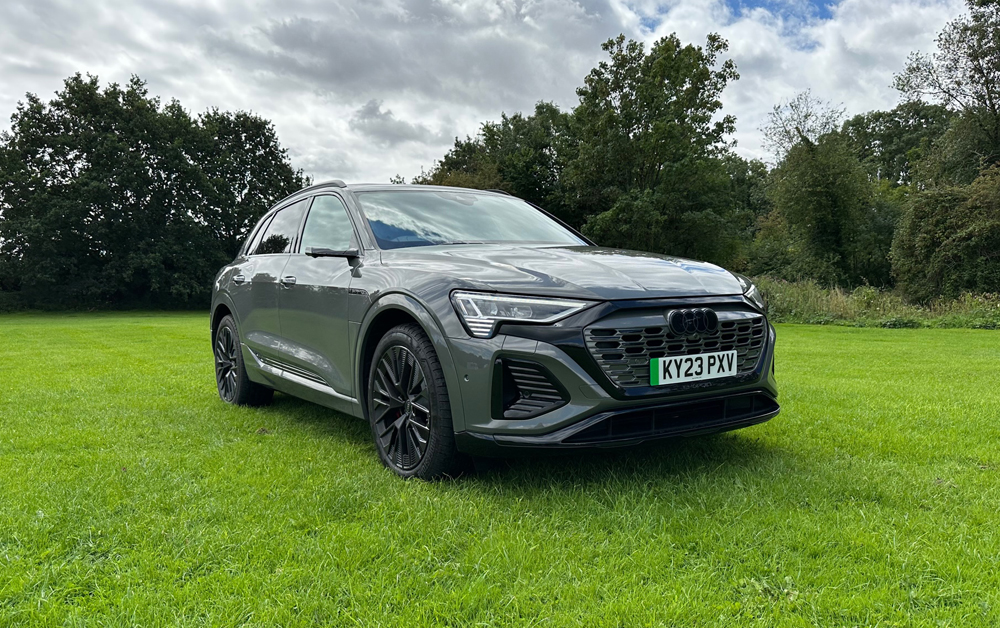
Audi Q8 e-tron
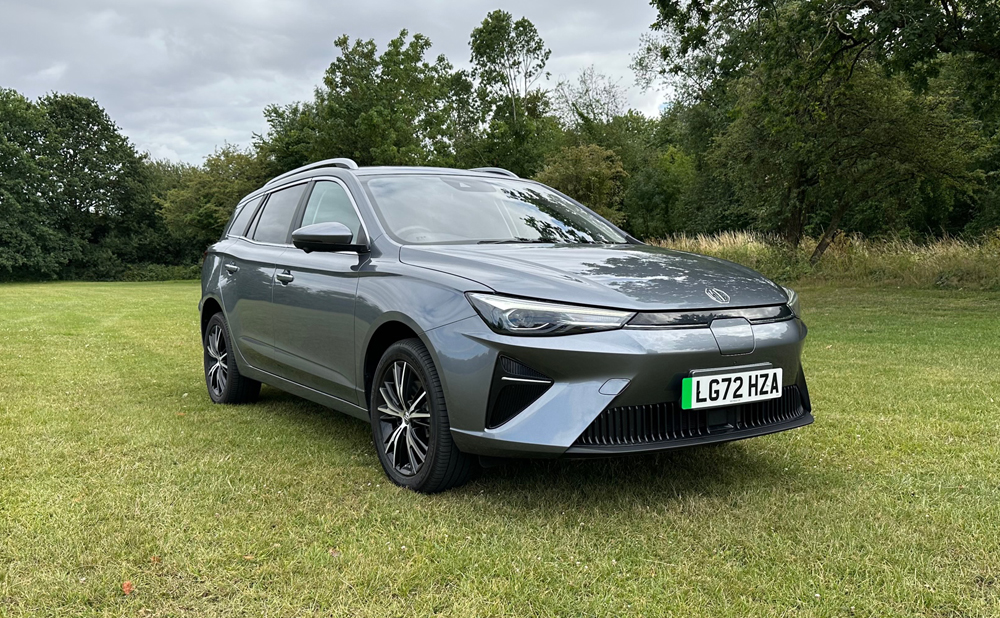
MG MG5 EV
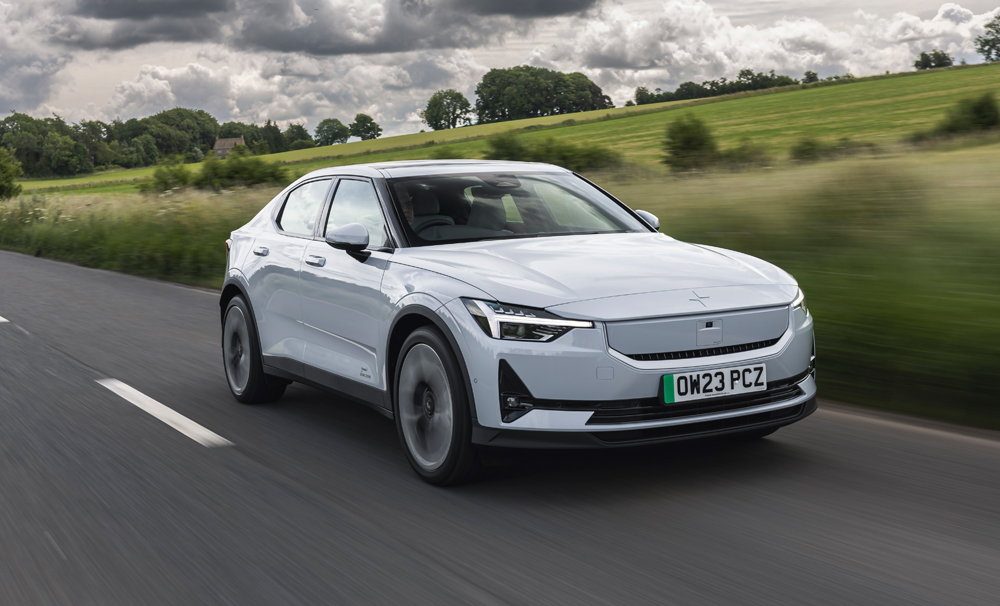
Polestar 2
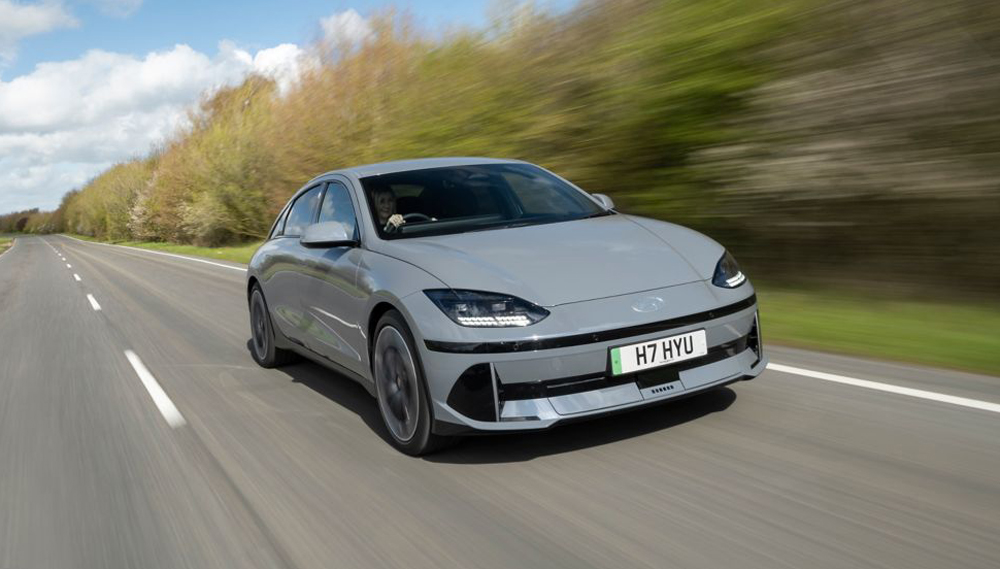
Hyundai IONIQ 6
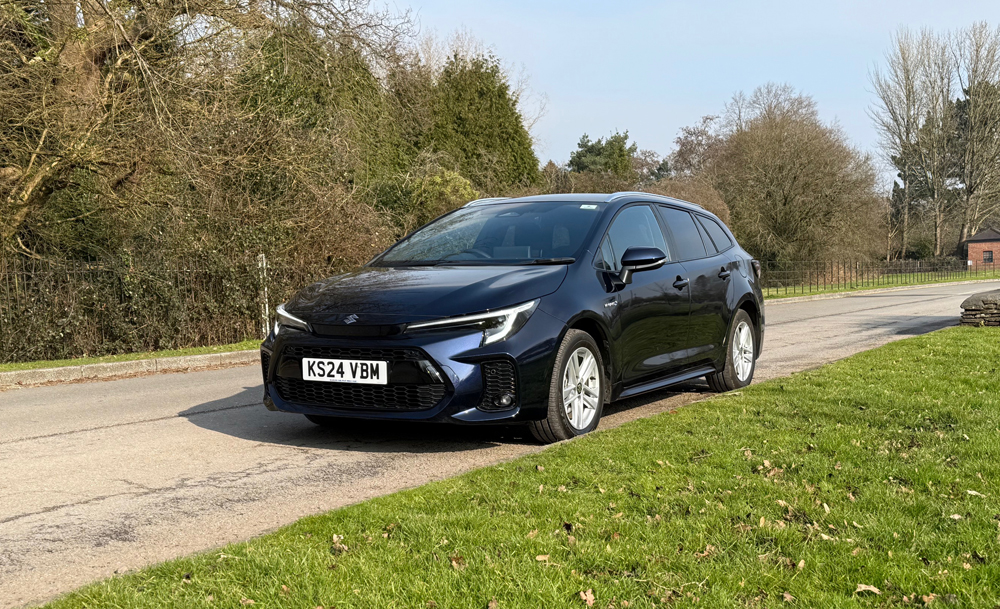
Suzuki Swace
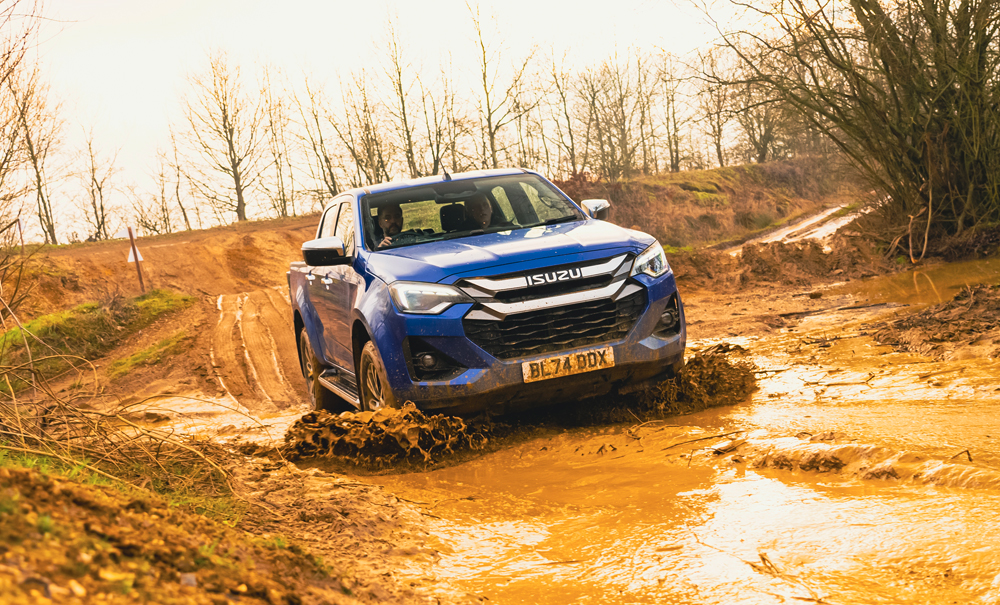
Highlighted Isuzu D-Max
Highlighted Jeep Wrangler
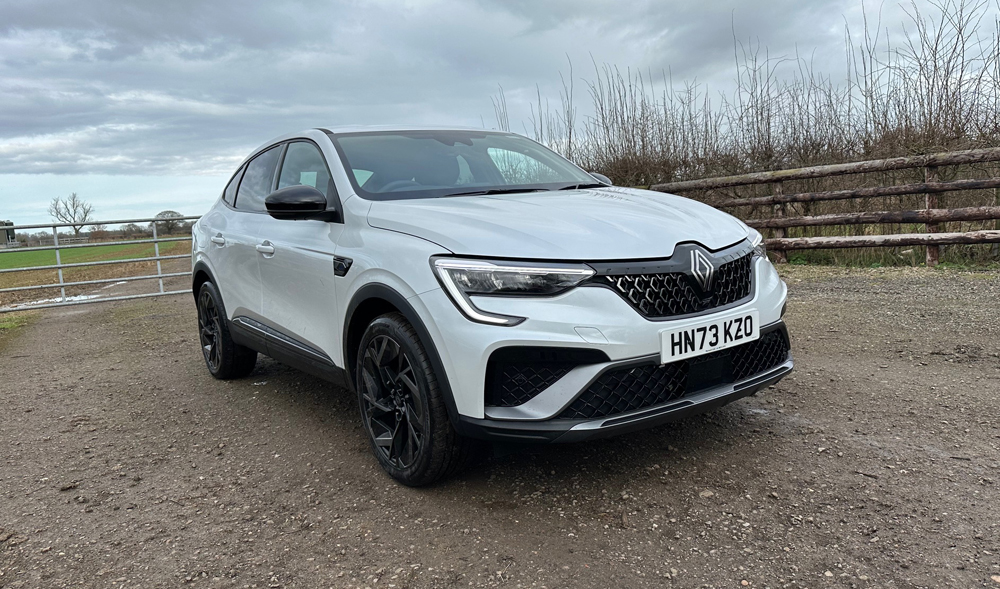
Renault Arkana
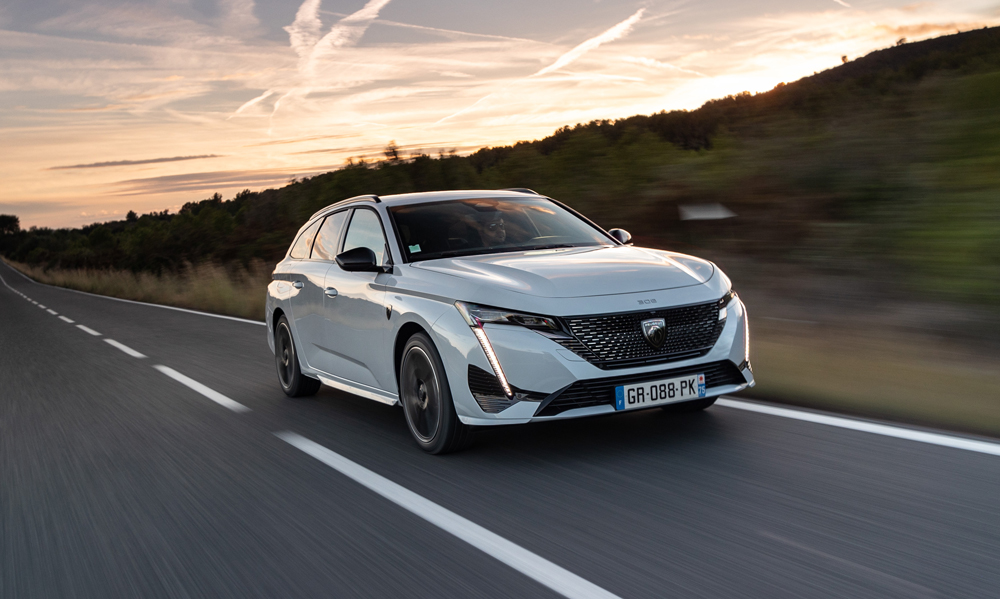
Highlighted Peugeot 308/E-308 SW
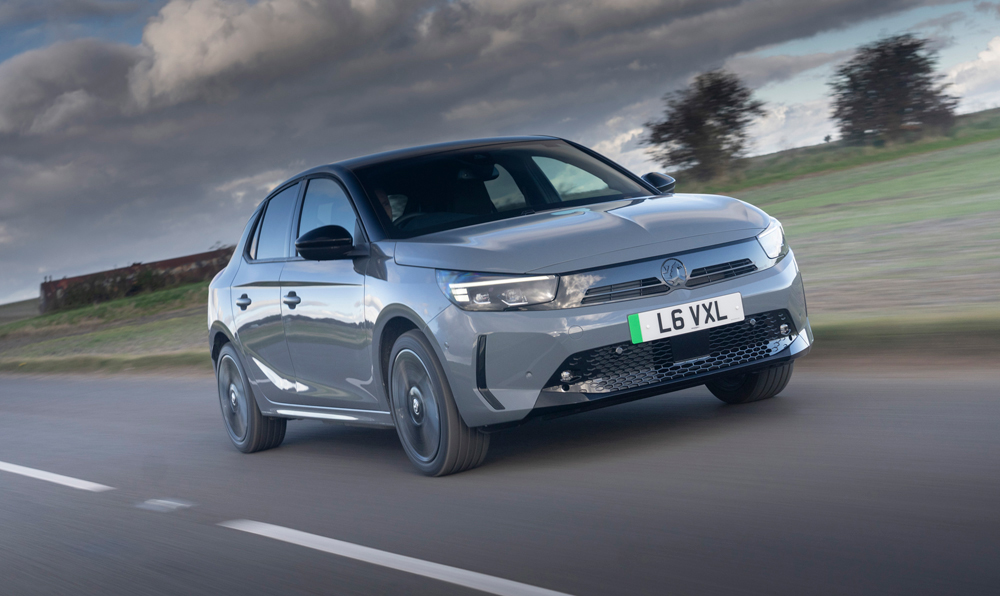
Vauxhall Corsa
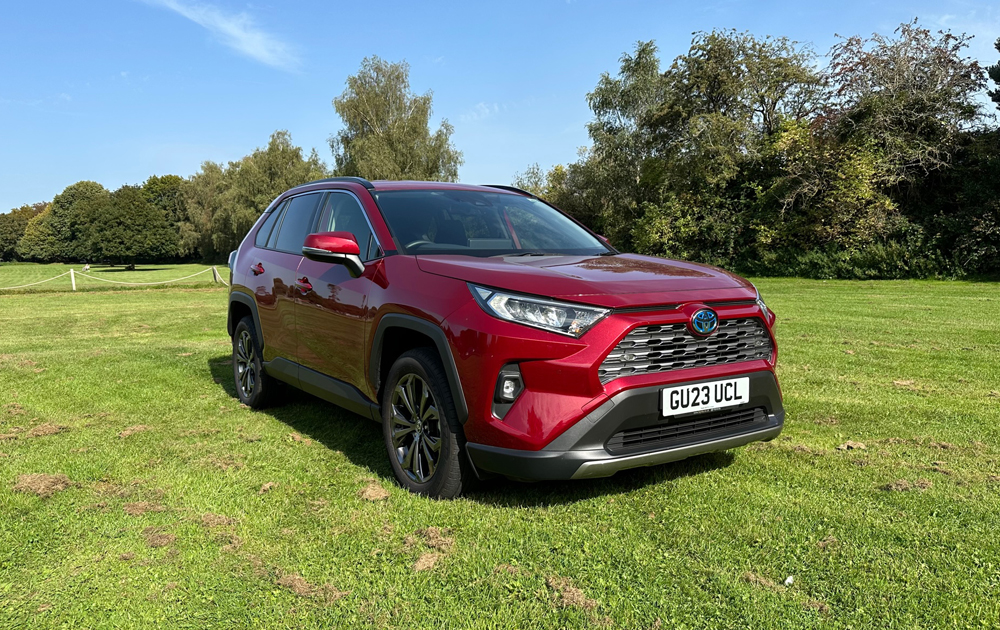
Highlighted Toyota RAV4
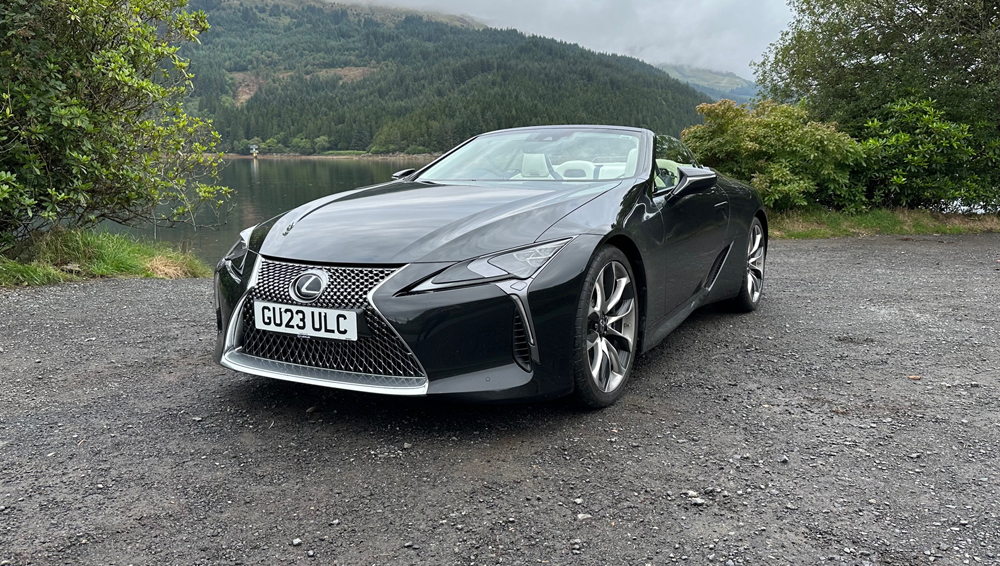
Lexus LC

Polestar 2
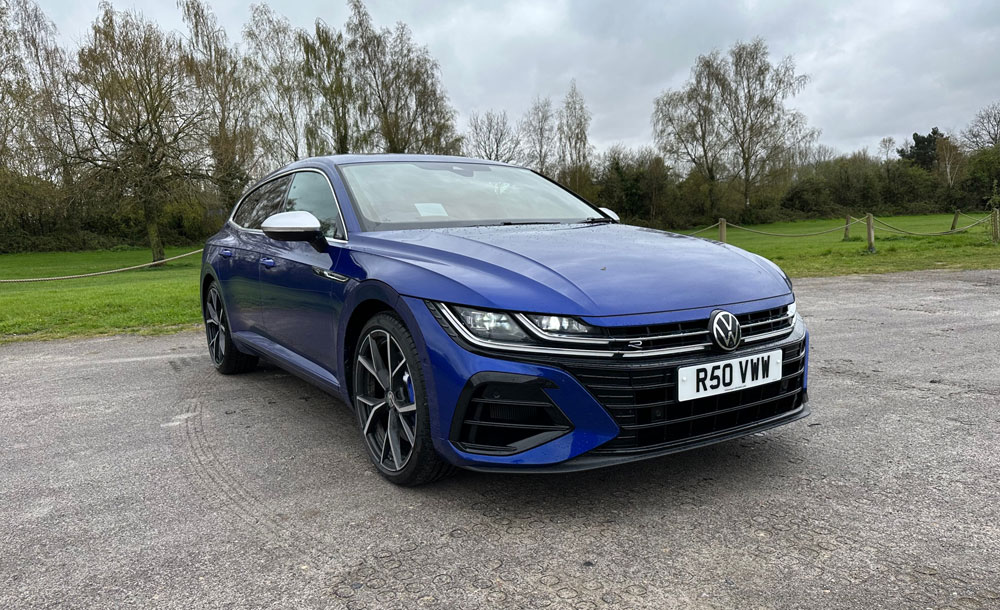
Volkswagen Arteon
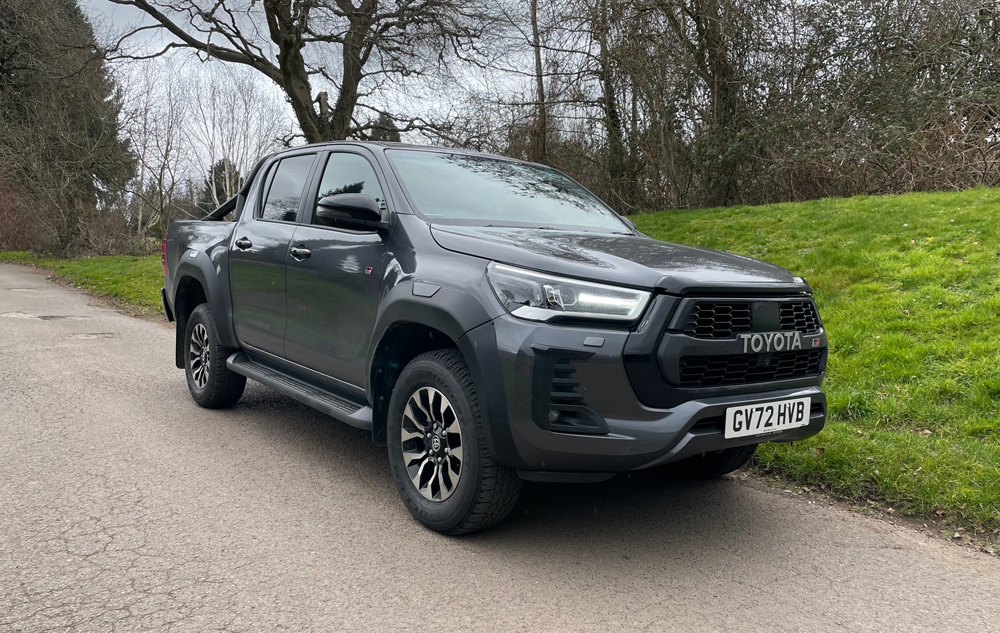
Toyota Hilux
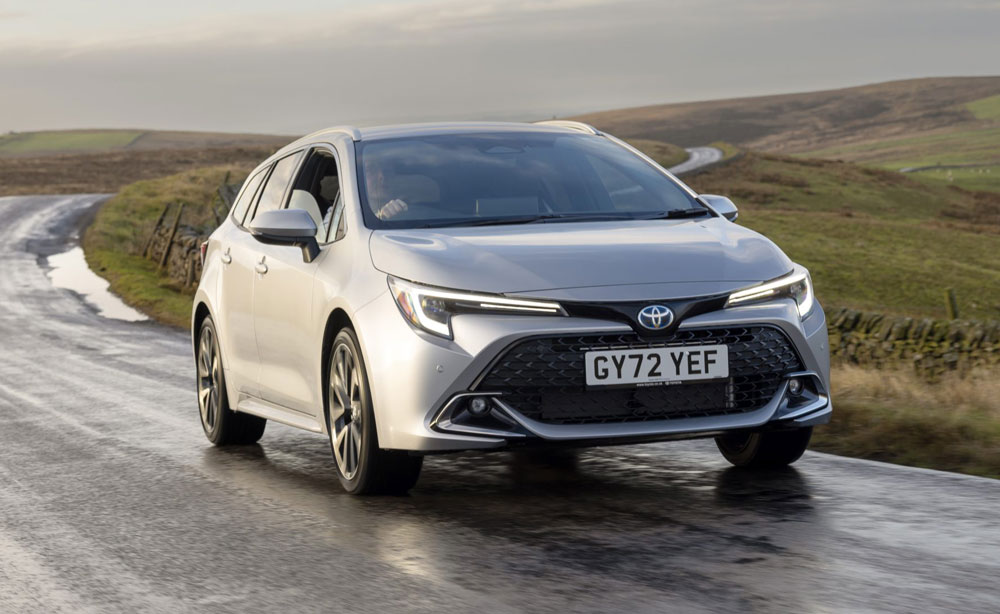
Toyota Corolla
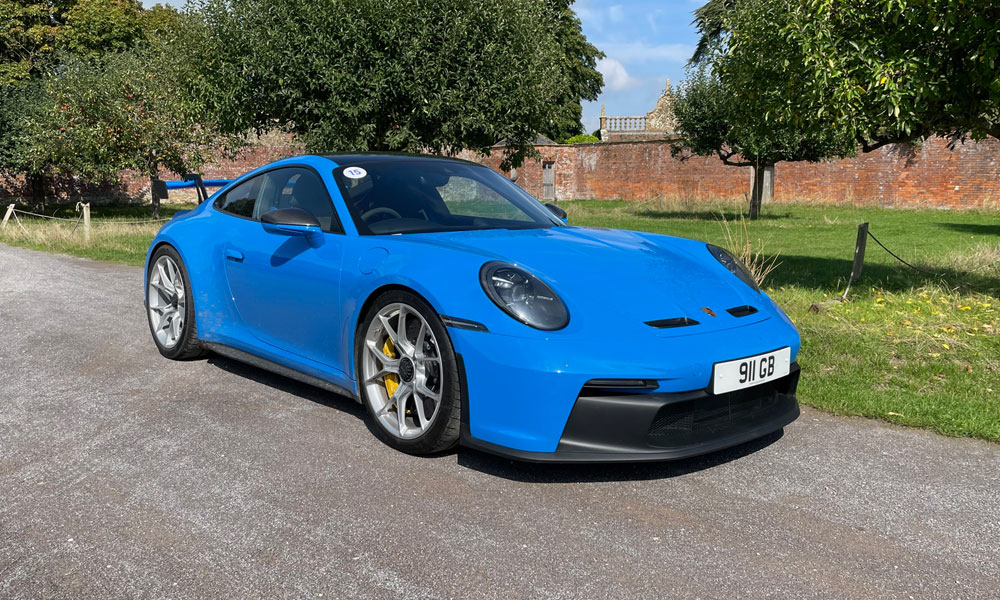
Porsche 911
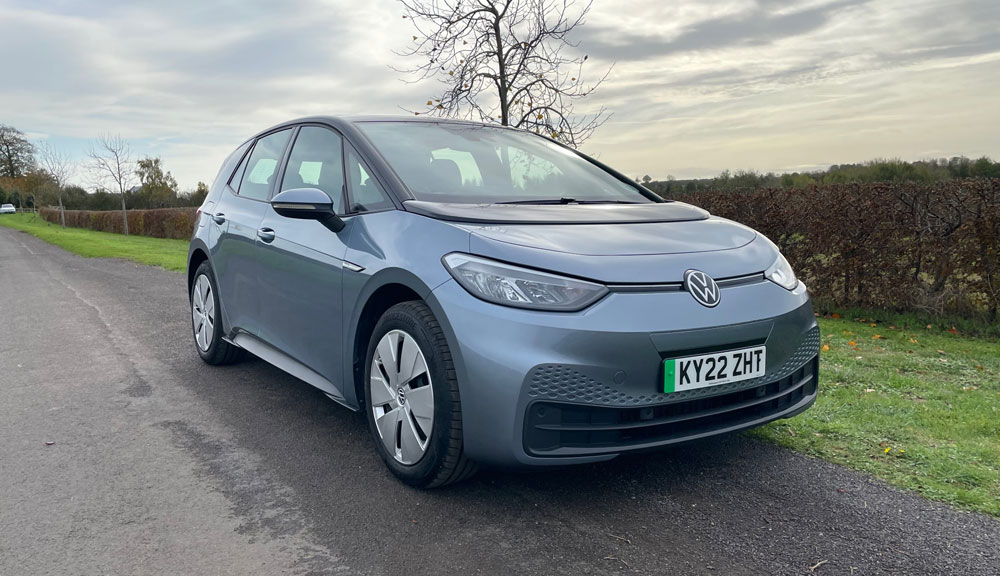
Volkswagen ID.3
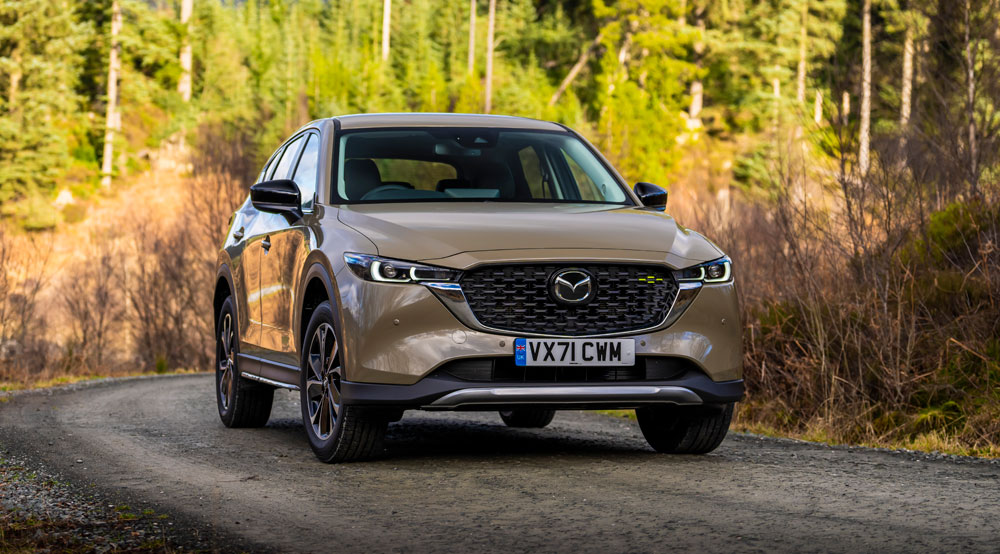
Mazda CX-5
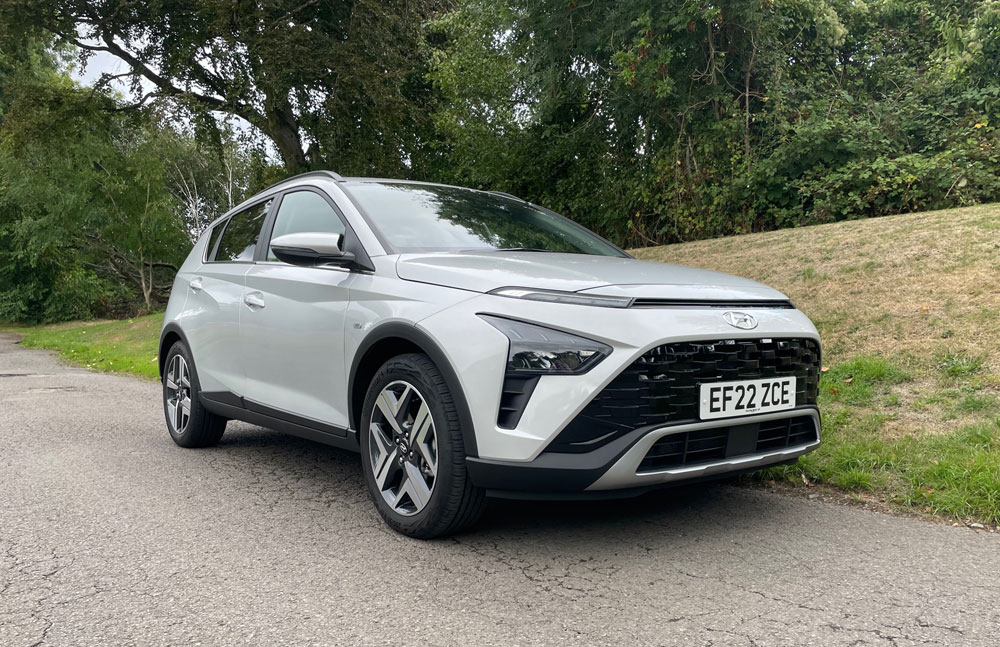
Hyundai Bayon

Toyota Land Cruiser

Nissan Ariya
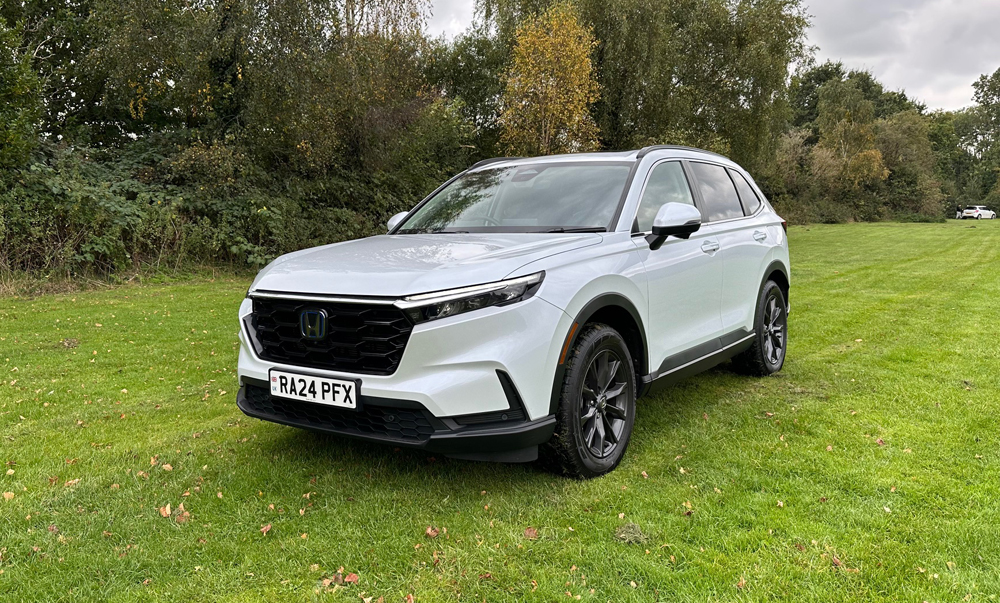
Honda CR-V
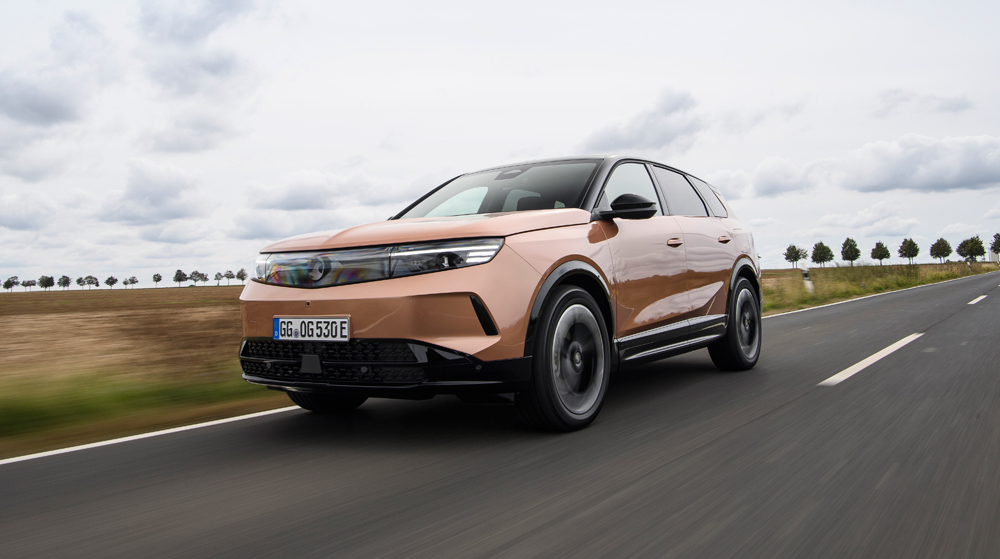
Highlighted Vauxhall Grandland

Highlighted Kia EV6
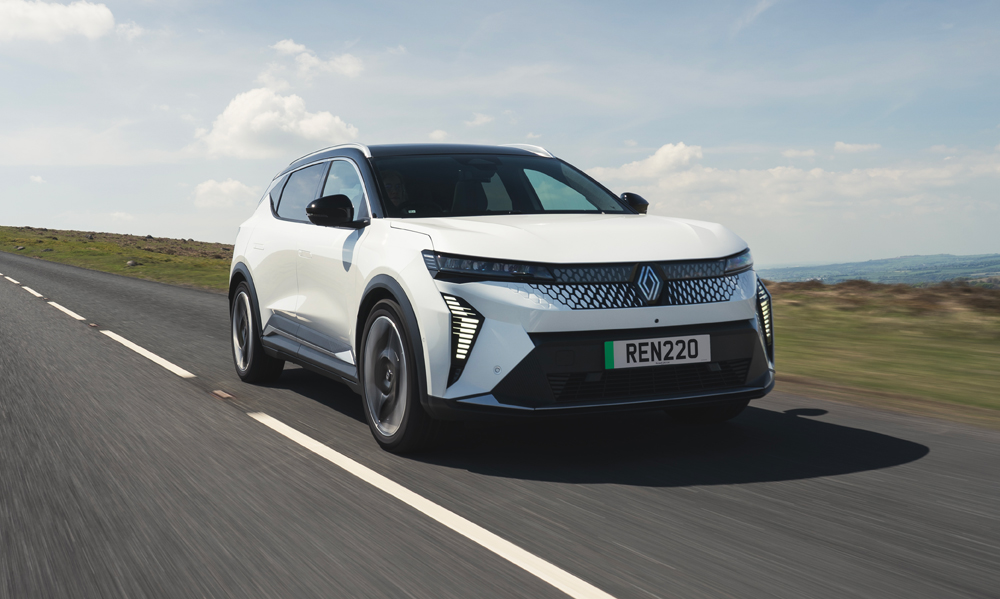
Renault Scenic
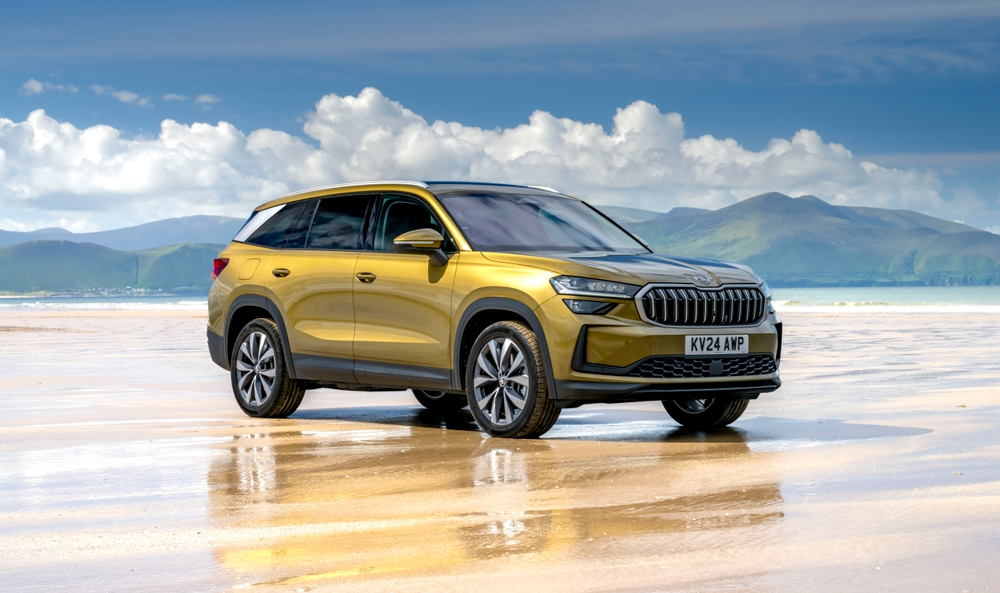
Skoda Kodiaq

Highlighted Lexus UX
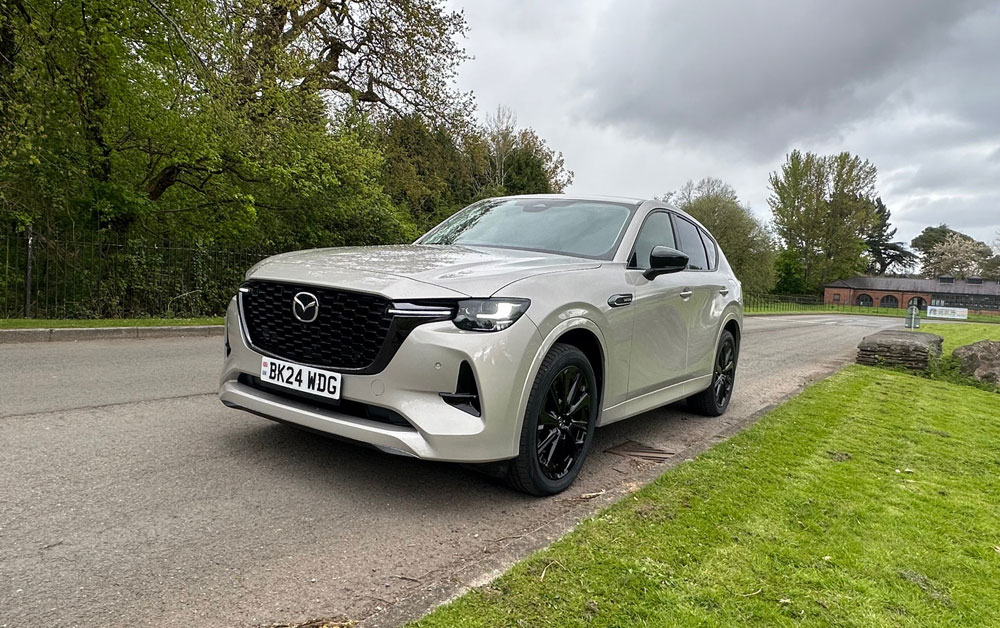
Mazda CX-60

Highlighted Peugeot 3008/E-3008
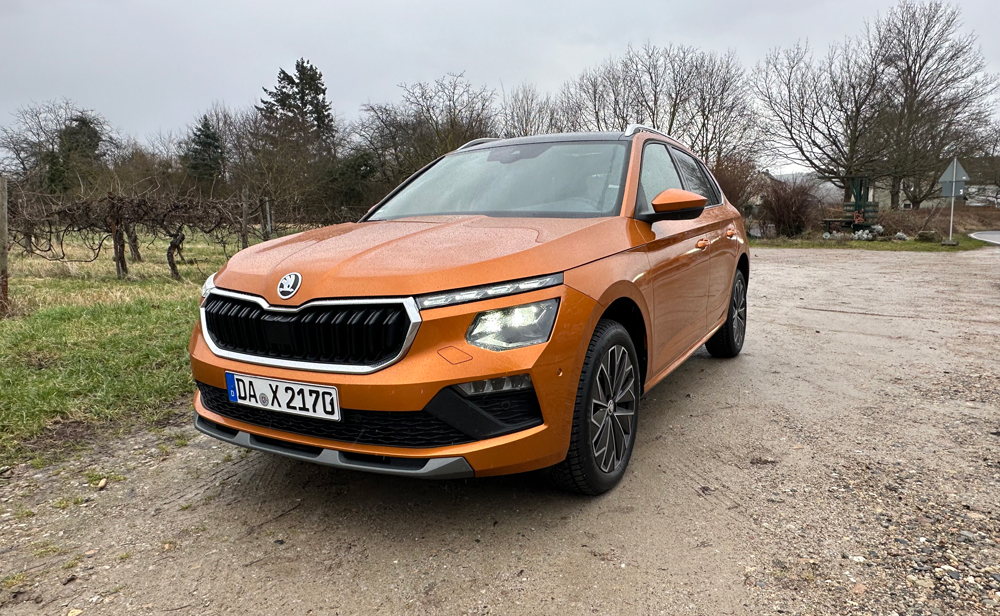
Skoda Kamiq
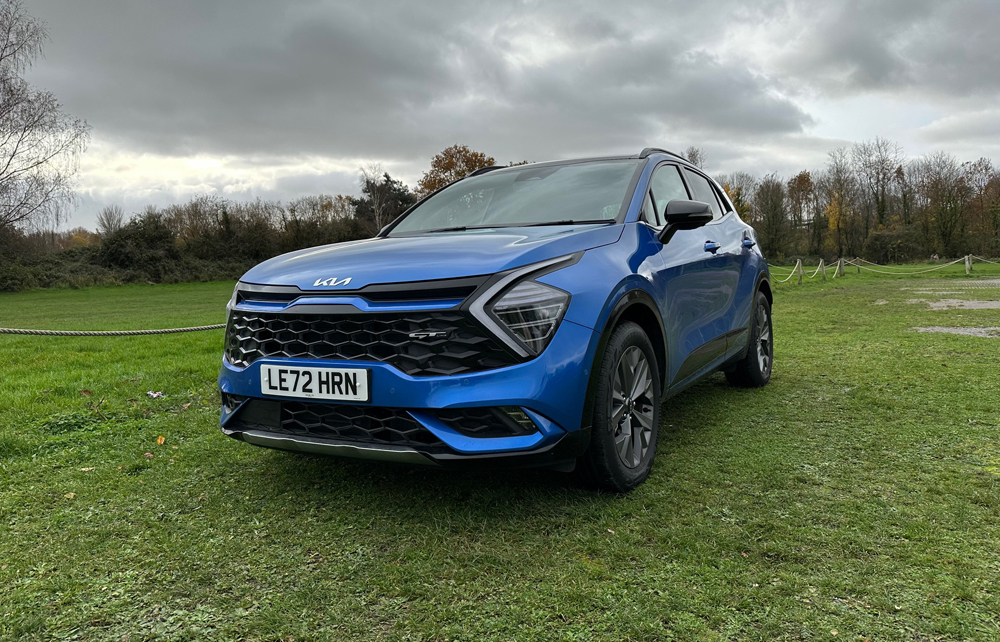
Kia Sportage
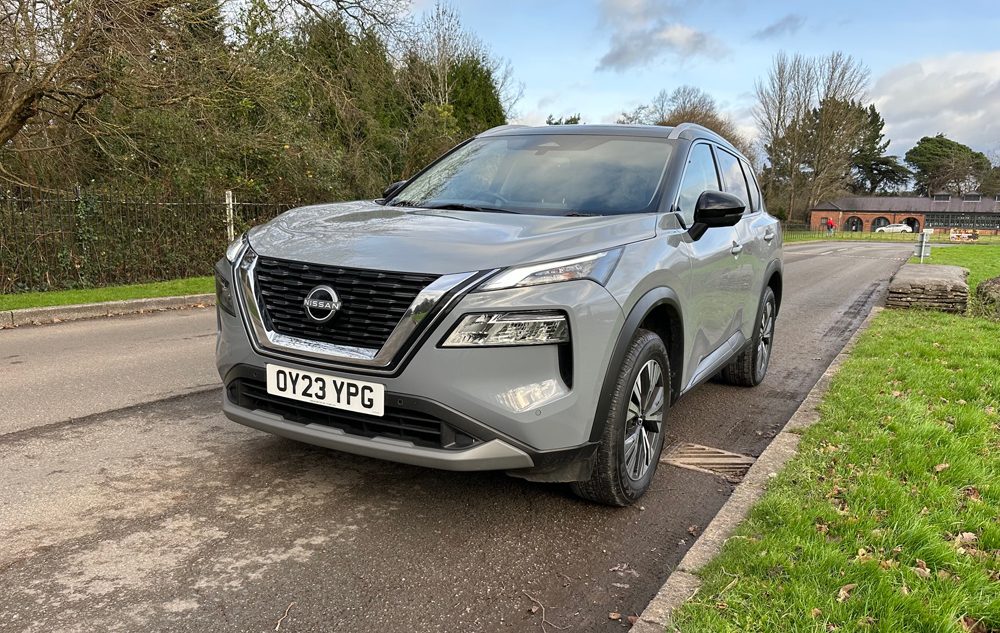
Nissan X-Trail
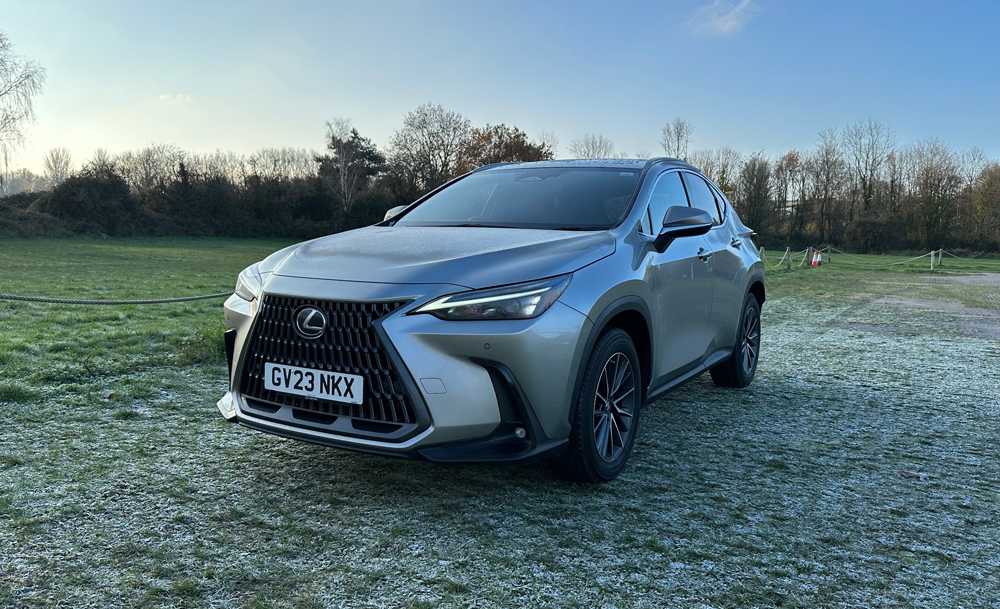
Lexus NX

Kia EV9



